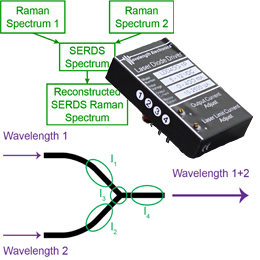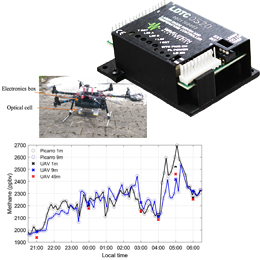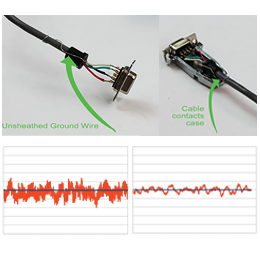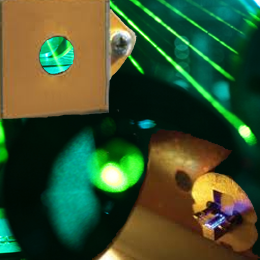
Nitrous oxide (N2O) is a greenhouse gas that poses a greater threat to global warming potential than carbon dioxide, and is currently increasing in the atmosphere. The understanding of what is driving this increase, and whether it is human-related is an important scientific question.
Using Wavelength Electronics’ precision temperature controller and low noise QCL driver, researchers at Princeton University developed a compact, field-deployable sensor to simultaneously measure nitrous oxide (N2O) and carbon monoxide (CO) to help answer that question.
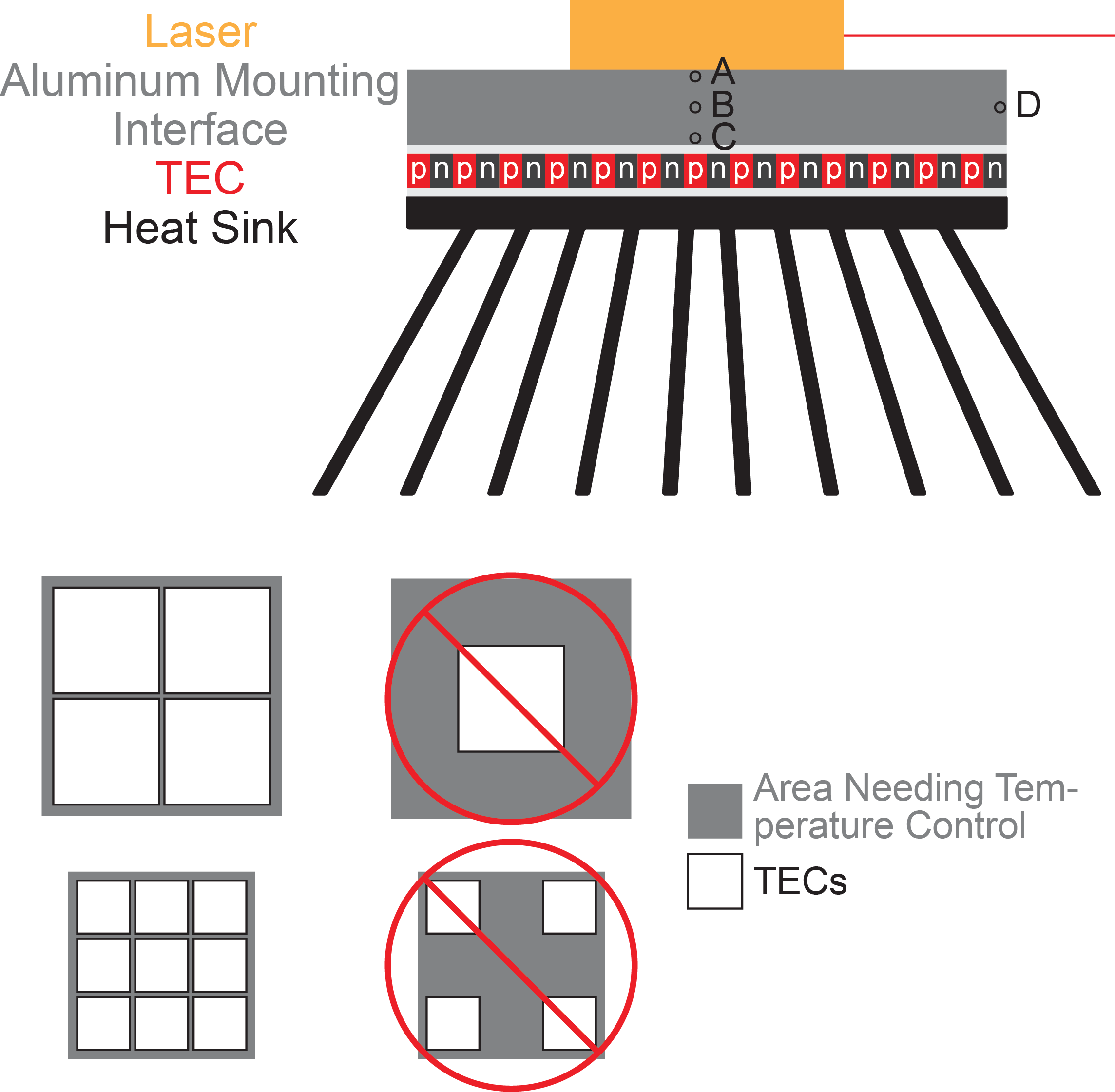
Subscribe to our newsletter for tips, techniques & product updates.
Shifted Excitation Raman Difference Spectroscopy (SERDS) is proven to minimize the effect of background noise, and reduce measurement time. Now it is moving from the lab to the field. Researchers from Leibniz-Institut für Höchstfrequenztechnik in Berlin present a handheld, highly precise SERDS probe that allows in-situ measurements of chlorophyll in apple leaves.
CS-LDTC02 describes how the stability of the laser system, driven by four LDD400s and temperature controlled by an HTC1500, satisfied the resolution and size requirements of this application.
By using a modified version of polymerase chain reaction (PCR), researchers from China’s Wuhan University were able to show that one-to-one labeling of DNA with quantum dots could be achieved. Using a Wavelength Electronics LFI3751 temperature controller, thermal testing was done to ensure the stability of the quantum dots during the drastic temperature fluctuations of PCR. This hyper-sensitive labeling scheme can to be applied in biology, medicine, and nanomaterial fabrication. Download CS-TC01 to learn more.
Researchers from the United States (Princeton University, American Aerospace Technologies) and Germany (Karlsruhe Institute of Technology) have developed a mid-infrared gas-sensing instrument that can be autonomously flown to measure methane levels at different locations and altitudes. To drive the GaSb laser, a Wavelength Electronics LDTC0520 was chosen, because it is small and lightweight enough to mount to a drone or hexacopter while providing the necessary precision.
Download CS-LDTC03 to learn more.
How does grounding the thermoelectric cooler cable shield on temperature controllers affect the noise level?
If the cable shield connecting the thermoelectric cooler (TEC) and sensor to the temperature controller is not properly grounded, it can allow the sensor wires inside to pick up noise. When the cable shield is grounded, it isolates the sensor wires from environmental noise.
FAQ1163 illustrates how to properly ground the cable shield for lowest noise performance.
Confused about which Wavelength controller is best for your type of laser? We have several FAQs to help you determine which to choose.
FAQ1164 covers the specific constraints of superluminescent diodes (SLDs) and lists the low current / voltage controllers best suited to these diodes.
FAQ1165 discusses vertical-cavity surface-emitting lasers (VCSELs) and lists our low leakage current / high stability controllers which support the laser’s inherently low threshold current requirements, high efficiencies, and narrow linewidth.
FAQ1166 explains Interband Cascade Lasers (ICLs) and lists the best Wavelength drivers to maximize the laser performance.
We invite you to contribute topic suggestions, questions, and general feedback.
Wavelength will incorporate as much reader input as possible.
Click to Submit


